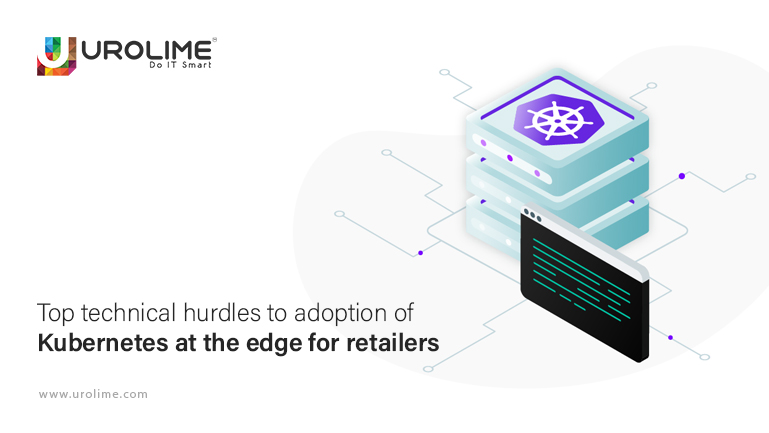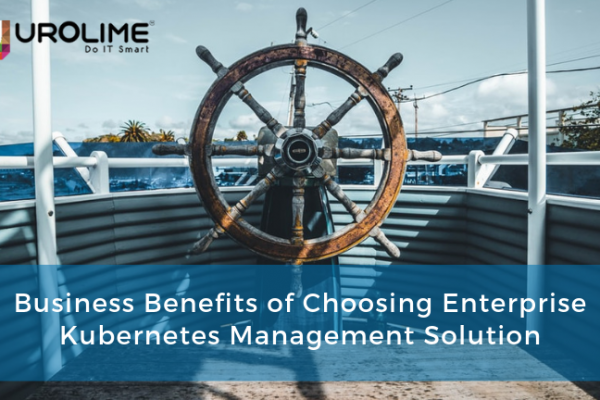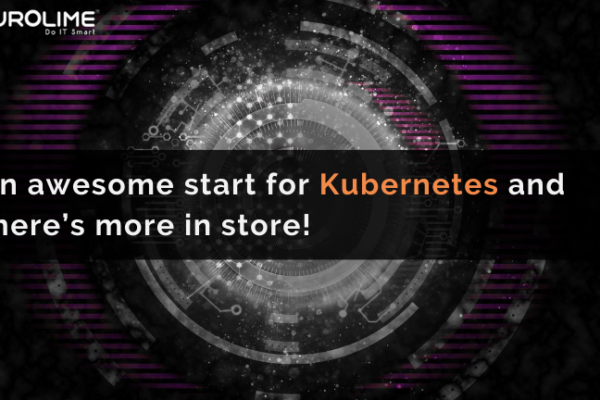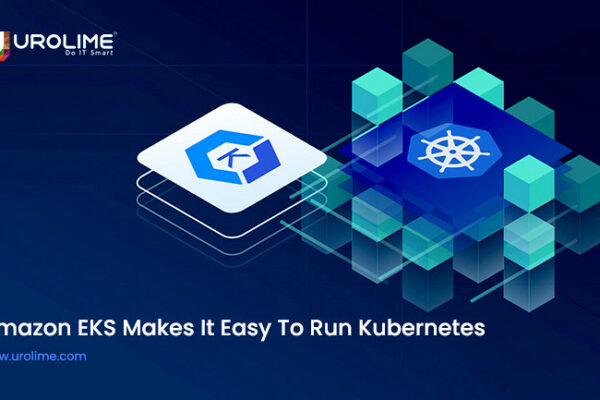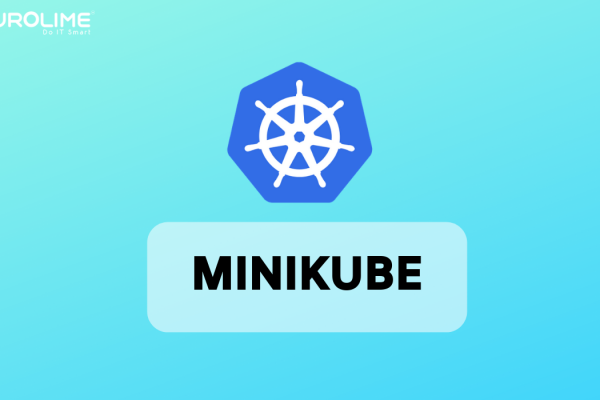Internet of Things (IoT) devices have grown massively, and companies are using advanced computing systems to better understand the vast amounts of data generated by these devices.
Edge computing, as the name implies, moves computing resources and storage capacity from the central data center to the edge of the network, where data is generated. Consider a factory, a shop, or a vehicle automation center that depends on data for quick decision-making, and automation data can be analyzed and used to maintain systems, enhance processes, and address issues that arise on the factory floor in real time. This way organizations can save money and latency problems by processing data locally.
Wearables, sensors, POS systems, devices, or physical objects dispersed over many sites can all be considered edge computing. Additionally, it has various applications and uses in different industries. To choose the best periods for harvesting, farmers utilize sensors to monitor water use and nutrient density. Healthcare practitioners track patients’ biometric data in real-time using sensors and equipment. Cities utilize tools to manage traffic, provision green energy, and public safety.
IoT efforts and Kubernetes
When it comes to container orchestration, Kubernetes has become the de facto standard for many IT organizations. It has a lot to offer for edge computing platforms, but it also presents several challenges as the scale of edge applications grows.
Trying to manage many clusters dispersed across the globe is one thing, and managing several clusters within a single data center is a different ball game.. Additionally, it might result in “IoT sprawl” when they are maintained autonomously. This leads to an increase in operational overhead, in addition to complex update and administering Kubernetes services.
Limited Network Connection
Moving your compute resources closer to data sources allows edge computing to avoid common network limits; most edge implementations still require some level of connectivity. Several factors could contribute to edge areas having weak network connections.
If the edge environments of some geographical regions are situated in inaccessible areas, this may be detrimental to such regions. There might not be as many knowledgeable IT specialists in less populous places to manage and fix these environments.
This poses difficulties for compliance-conscious enterprises that utilize a firewall to protect applications. A firewall hinders data transit and remote management of those programs whereas it shields data from intruders.
Administrators want a method for communicating effectively in situations with intermittent or limited access. Without a constant connection to the Kubernetes control plane, monitoring and updating are challenging when network connectivity is constrained. How would you power sensors that would warn you of the presence of dangerous particles if they were buried deep within a mining site? How do you connect these remote areas of the network, for example, if you are running ships on the open sea that travel to different destinations?
When edge environments need software to communicate with centralized servers or the Kubernetes control plane. So, they must keep track and monitor all of these edge environments because clients depend on this data for information.
Constraints on Computing Resources
While IoT devices frequently have severe compute constraints and resource limitations.
Businesses must be able to run Kubernetes in environments with little resources. Your smart gadgets may occasionally run out of external power-a standalone sensor must be able to resist harsh environments or function in challenging locations. It is challenging to manage and monitor the efficiency and dependability of your devices when there is a lack of available power and computing capacity. Maritime logistics or airlines may lack the granular real-time data to plan and arrange cargo or flying routes.
Businesses that depend on data-intensive operations, like analytics and video streaming, may not be able to execute everything since these operations need computation and power resources at the edge. It then becomes difficult to regularly and successfully manage and maintain the functionality of these resource-constrained devices. To know what resources are accessible, to be able to regulate access to them, and to manage their life cycles, users also require enhanced visibility into and centralized management over their edge environments.
No Tolerance for Downtime
Keeping everything operational and updated when Kubernetes is managed at the core of the network, it’s tough. But when you need to monitor and update thousands of edge environments without causing any downtime, the procedure becomes difficult. This is not only labor-intensive and prone to error, but also nearly impossible for machines that are inaccessible due to limitations in accessibility, and connectivity. Companies are unable to support each payment processing gadget in every department store or each smart thermostat in every house with a dedicated admin.
The deployment of an edge environment can differ significantly, which increases complexity. While one team might set up the edge environment independently (DIY), another team might work with a cloud vendor to do so. At the edge, having different hardware, software, and skill sets can lead to security difficulties, unscheduled downtime, IoT sprawl, and other quality challenges in the future.
Downtime is not acceptable in an edge environment. High-risk or even life-threatening scenarios might arise if a medical gadget that monitors vital signs of patient medication malfunctions.
Additionally, administrators must divert their attention from other tasks to undo the harm when a deployment fails due to a break or an early deployment without all of the conditions being satisfied. This causes operational overhead and opportunity costs to rise, as well as a delayed time-to-value for edge situations.
Conclusion
Kubernetes, which has established itself as the industry standard for container orchestration in many IT organizations, is at the center of many IoT initiatives. As edge computing systems’ core, Kubernetes has a lot to offer, but as edge applications get enhanced, it also poses some difficulties. Managing many clusters over hundreds or thousands of globally distributed edge settings is different from managing several clusters within a single data center. Additionally, it can result in cluster sprawl when operated individually and with little overlap. This adds operational costs in addition to complicating updating and administering Kubernetes.
For rollout and production activities to be automated, administrators require a declarative strategy. Kubernetes Consulting with infrastructure-independent solutions that will cut down on the number of environments and tools that need to be maintained as well as the possibility of updates disturbing operations.
![]()

